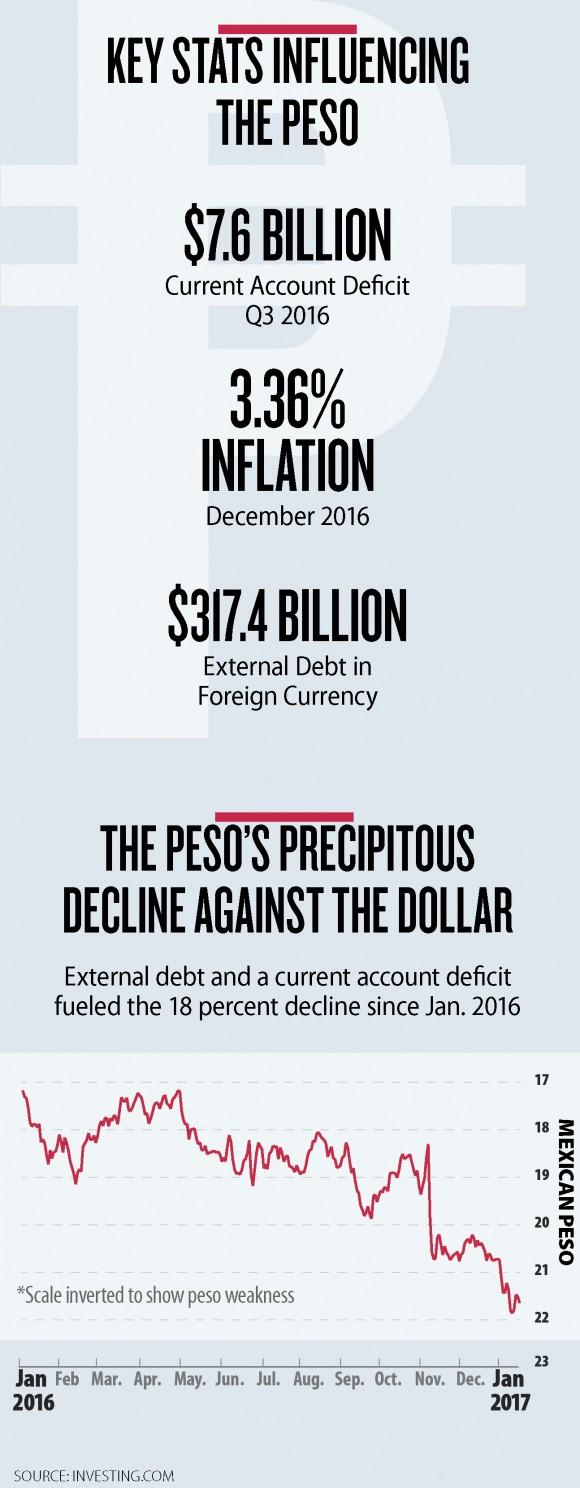When foreign currencies fall against the dollar, it becomes clear not all countries are created equal.
Japan and the Eurozone relish the times when the yen or euro drops 50 percent against the dollar. Russia, Turkey, and Mexico, however, are trying everything in their power to prevent their rubles, liras, and pesos from losing against the dollar.
The Bank of Mexico, for example, recently blew through $1 billion in foreign exchange reserves to defend the value of the peso, only to see gains evaporate in a matter of days. Since the beginning of the year, the peso has lost 5 percent, to a value of 21.65 to the dollar, a level not seen since the last Mexican financial crisis in the early 1990s.

*





